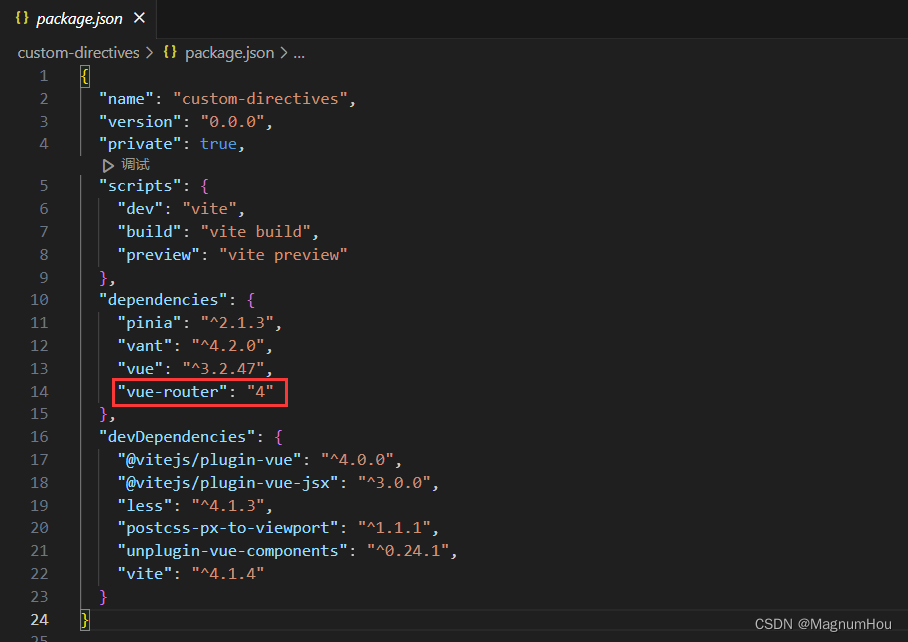Java---第四章
- 一 数组
- 基本知识
- 数组操作
- 二 数组实操
- 数组排序
- 二分查找
- 二维数组

一 数组
基本知识
概念:
数组是编程语言中的一种常见的数据结构,能够存储一组相同类型的数据
作用:
存储一组相同类型的数据,方便进行数理统计(求最大值,最小值,平均值以及总和),也可以进行信息的展示
定义:
public class study {
public static void main(String[] args) {
//1
byte[] bytes = new byte[]{1,2,3,4,5};
//2
int[] numbers = {1,2,3,4,5};
}
}
第一种:
- 只能在定义数组同时赋值时使用
第二种:
- 可以在定义数组时直接使用,也可以先定义数组,然后再赋值使用
数组中的默认值:
- 双精度浮点数数组中的默认值为0.0
- 单精度浮点数数组中的默认值为0.0f
- boolean类型数组默认元素为false
- char类型数组中的默认元素为’\u0000’
- 整型数组的默认值为0
基本要素:

数组操作
数组的遍历:
将数组中的元素全部查看一遍
数组的长度----->数组.length
public class study {
public static void main(String[] args) {
int[] arr1 = {1,2,3,4,5};
for(int i=0;i<arr1.length;i++){
System.out.println(arr1[i]);
}
}
}
数组修改操作:
案例:
现有数列10,12,17,32,39,50,要求将该数列中所有能够被3整除的元素进行平方,然后再放回该元素所处位置
public class study {
public static void main(String[] args) {
int[] arr1 = {10,12,17,32,39,50};
for(int i=0;i<arr1.length;i++){
if(arr1[i]%3==0){
arr1[i] *= arr1[i];
}
}
}
}
数组添加操作
案例:
在某机票代售点有A,B,C,D,E,4个人正在排队购票,B的好朋友F现在也来排队购票,发现B正在排队,于是插队至B的后面,请使用数组的相关知识完成程序设计
public class study {
public static void main(String[] args) {
String[] arr = {"A","B","C","D","E"};
//A B C D E
//A B F C D E
String[] new_arr = new String[arr.length+1];
int co = 2;
for(int i=0;i<co;i++){
new_arr[i]=arr[i];
}
new_arr[co]="F";
for(int j=co;j<new_arr.length;j++){
new_arr[j+1]=arr[j];
}
arr = new_arr;
for(int m=0;m<arr.length;m++){
System.out.println(arr[m]);
}
}
}
数组删除操作
案例1:
在前面的案例中,购票人C因为中途有事离开,排队的人员少了一个,请使用数组的相关知识完成程序设计
public class study {
public static void main(String[] args) {
String[] arr = {"A","B","C","D","E"};
//A B C D E
//A B D E
String[] new_arr = new String[arr.length-1];
for(int i=0;i<2;i++){
new_arr[i]=arr[i];
}
for(int j=3;j<arr.length;j++){
new_arr[j-1]=arr[j];
}
arr = new_arr;
for(int i=0;i<arr.length;i++){
System.out.println(arr[i]);
}
}
}
数组的拷贝
语法:
System.arraycopy(原数组,拷贝的开始位置,目标数组,存放的开始位置,拷贝的元素个数);
这样我们对于上面那一题里的for循环拷贝,就可以换成该语法操作
String[] arr = {"A","B","C","D","E"};
//A B C D E
//A B D E
String[] new_arr = new String[arr.length-1];
for(int i=0;i<2;i++){
new_arr[i]=arr[i];
}
for循环换成
System.arraycopy(arr,0,new_arr,0,2);
数组扩容
语法:
数据类型[] 标识符 = Arrays.copyof(原数组,新数组的长度);
举例:
import java.util.Arrays;
public class study {
public static void main(String[] args) {
String[] arr = {"A","B","C","D","E"};
//A B C D E
//A B C D E F
String[] new_arr = Arrays.copyOf(arr,arr.length+1);
}
}
二 数组实操
数组排序
数组中的元素从小到大,或者从大到小的顺序依次排列。分为升序排列和降序排列
冒泡排序:
- 每一次遍历数组,都能从数组的元素中获取一个最值(最大值,最小值)
- 在每一次遍历数组时,比较数组中相邻两个元素的大小,根据排列需求进行交换位置
案例:
将数列10,70,55,80,25,60进行降序排列
public class study {
public static void main(String[] args) {
int[] arr = {10,70,55,80,25,60};
for(int i=0;i<arr.length;i++){
for(int j=0;j<arr.length-i-1;j++){
if(arr[j]<arr[j+1]){
int temp = arr[j];
arr[j]=arr[j+1];
arr[j+1]=temp;
}
}
}
for(int j=0;j<arr.length;j++){
System.out.println(arr[j]);
}
}
}
工具的排序操作:
语法:
Arrays.sort(数组名);//将数组中的元素进行升序排列
Arrays.toString(数组名)//将数组中的元素组装成一个字符串
注:
字符能够排序,排序是按照字典的顺序进行排序(abcdefg…)
import java.util.Arrays;
public class study {
public static void main(String[] args) {
String[] names = {"zhangsan","zhangsi","lisi","lisan",
"lisiabc","lisib"};
Arrays.sort(names);
System.out.println(Arrays.toString(names));
}
}
[lisan, lisi, lisiabc, lisib, zhangsan, zhangsi]
二分查找
又称为折半查找,顾名思义,每一次都会从中间分成两个区间,利用中间元素与要查找的元素比较大小,从而确定目标元素所在的区间,依次减少范围,确定该元素
二分查找只适用于已经排好序的数组
案例:
从数列95,93,87,86,79,72,60,53中快速找出元素60所处的位置
public class study {
public static void main(String[] args) {
int[] numbers = {95,93,87,86,79,72,60,53};
int target = 60;
int start =0;
int end = numbers.length -1;
while(start<end){
int mid = (start+end)/2;
if(numbers[mid]>target)
{
start = mid;
}else if(numbers[mid]<target){
end = mid;
}else{
System.out.println(mid);
break;
}
}
}
}
二维数组
数组从本质上来说只有一维,二维数组是指在一维数组中再放入一个一维数组。三维数组,四维数组依次类推。

二维数组的定义:
数据类型[][] 数组名 = new 数据类型[数组的长度][数组的长度]
例如:定义一个长度为5的二维数组,每一个空间中只能存放任意长度的double数组
其中 2 也可以不填,不填就意味着可以存放任意长度的…数组
public class study {
public static void main(String[] args) {
double[][] as = new double[5][];
as[0] = new double[]{12,66};
as[1] = new double[]{17,91};
as[2] = new double[]{15,84};
as[3] = new double[]{14,67};
as[4] = new double[]{19,86};
}
}
案例1:
从控制台录入5首音乐信息(包括名称,歌手,出版年月),并将其信息存储在数组中
import java.util.Scanner;
public class study {
public static void main(String[] args) {
String[][] music_a = new String[5][3];
Scanner sc = new Scanner(System.in);
for (int i=0;i<music_a.length;i++){
System.out.println("请输入名称:");
String name = sc.next();
System.out.println("请输入歌手:");
String singer = sc.next();
System.out.println("请输入出版年月:");
String date = sc.next();
music_a[i] = new String[]{name,singer,date};
}
}
}
案例2:
某学校一年级一共有3个班,第一个班10个人,第二个班8个人,第三个班7个人,现要求从控制台录入这3个班学生的成绩和年龄,并计算出每个班的平均成绩和平均年龄。
import java.util.Scanner;
public class study {
public static void main(String[] args) {
double[][][] stu_cal = new double[3][][];
stu_cal[0] = new double[10][2];
stu_cal[1] = new double[8][2];
stu_cal[2] = new double[7][2];
Scanner sc = new Scanner(System.in);
//录入数据
for(int i=0;i<stu_cal.length;i++){
double[][] ne_cal = stu_cal[i];
for(int j=0;j<stu_cal[i].length;j++){
System.out.println("请输入年龄:");
int age = sc.nextInt();
System.out.println("请输入成绩:");
double score = sc.nextDouble();
ne_cal[j] = new double[]{age,score};
}
}
//查看数据,并计算平均值
for(int i=0;i<stu_cal.length;i++){
double tolage = 0,tolscore = 0;
double[][] ne_cal = stu_cal[i];
for(int j=0;j<ne_cal.length;j++){
tolage += ne_cal[j][0];
tolscore += ne_cal[j][1];
}
System.out.println("第"+(i+1)+"个班的平均年龄为"+(tolage/ne_cal.length));
System.out.println("第"+(i+1)+"个班的平均成绩为"+(tolscore/ne_cal.length));
}
}
}

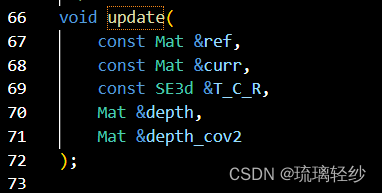
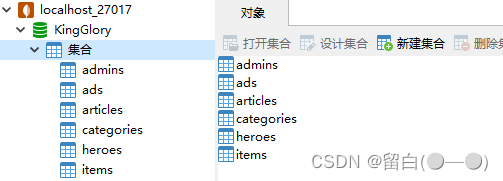
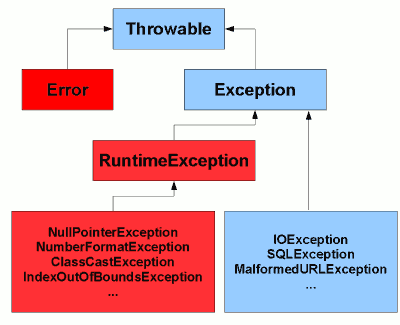



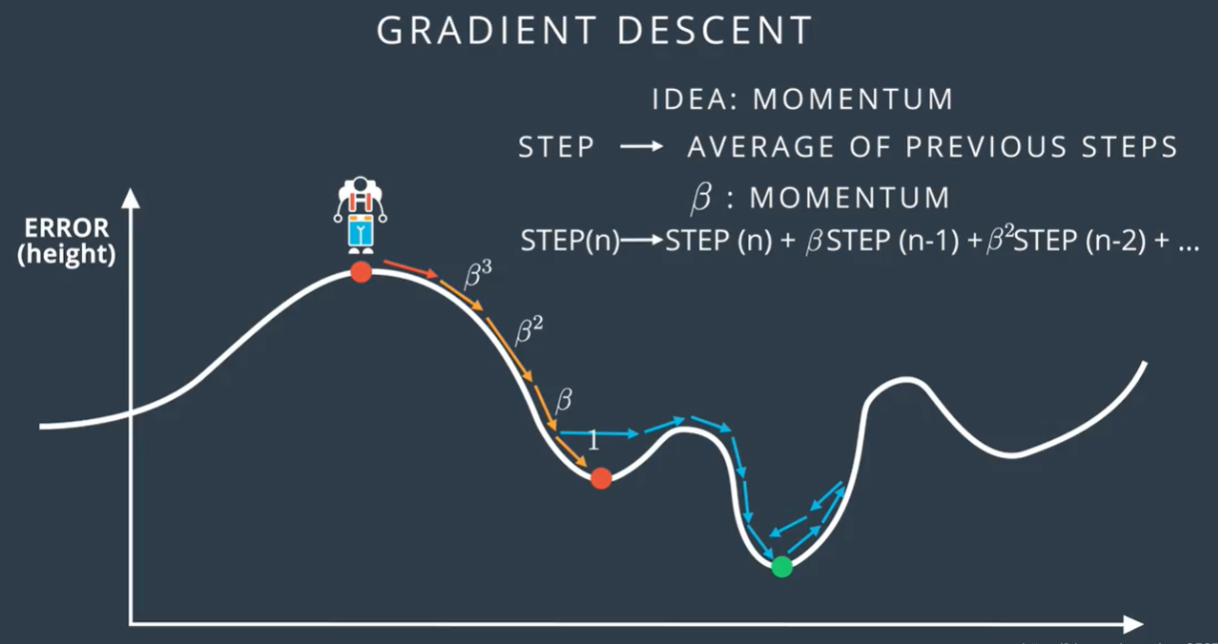
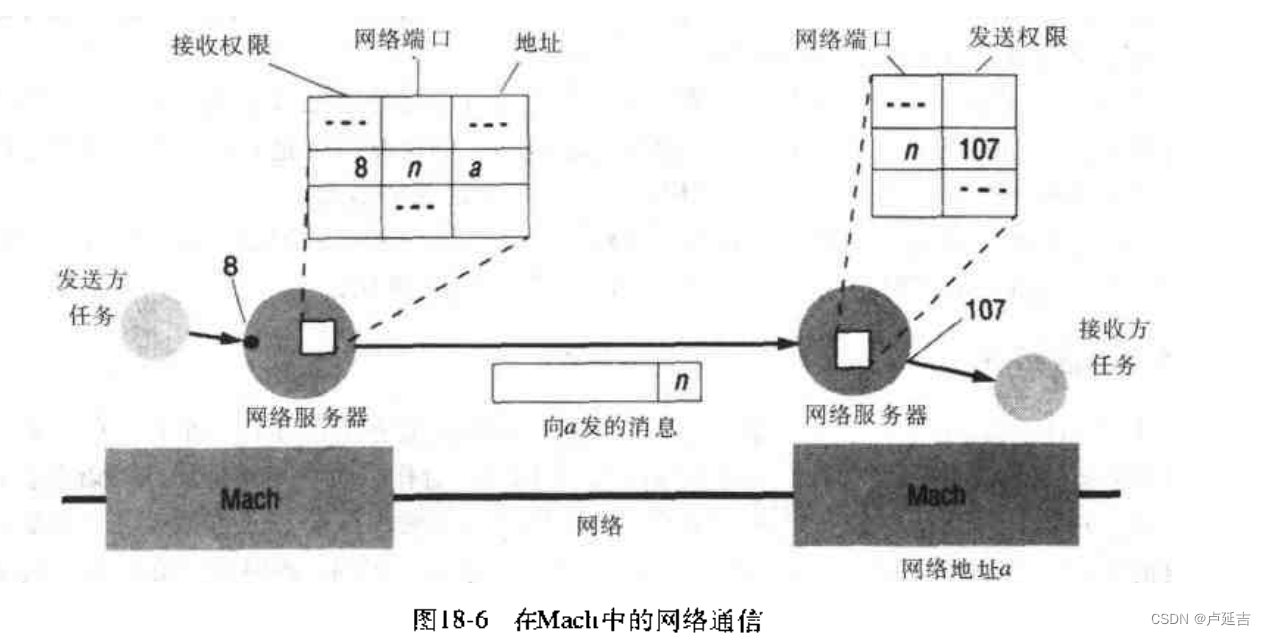


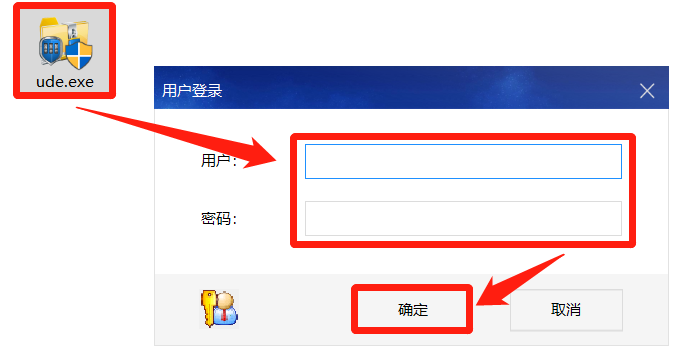

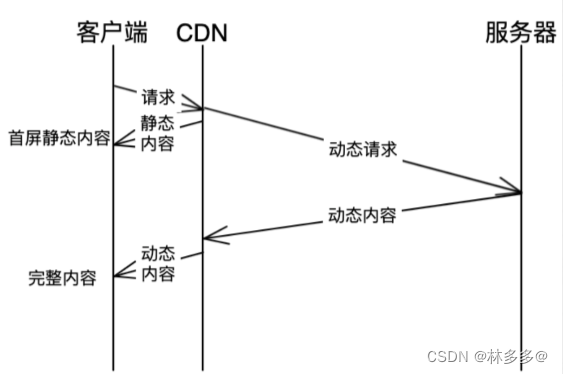

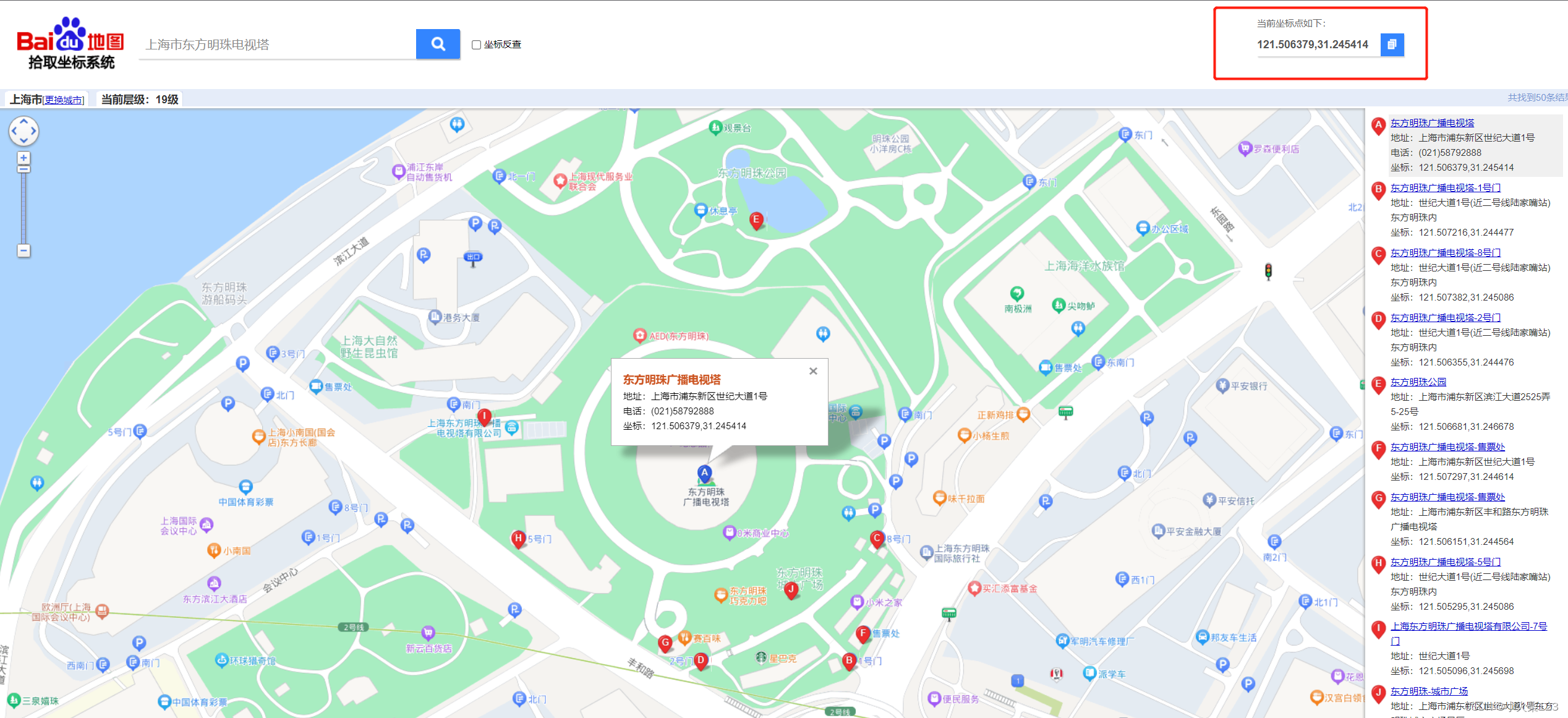
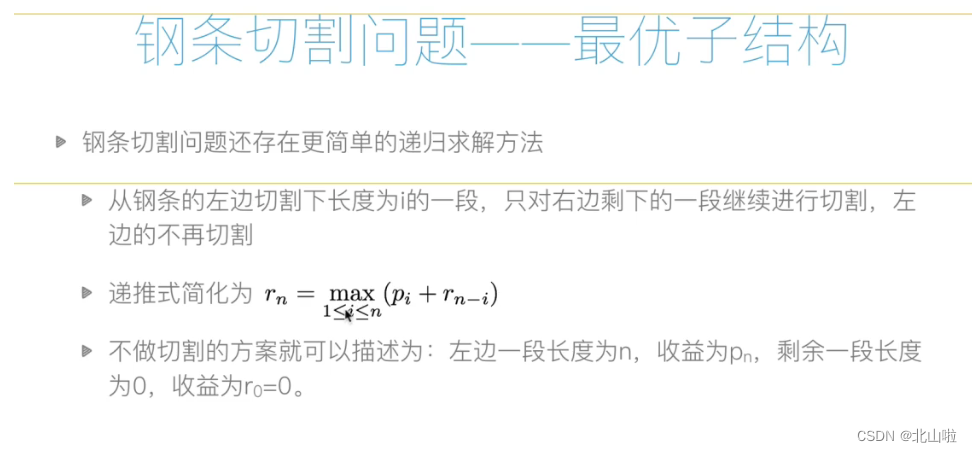
![[Day 3 of 17]Building a document scanner in OpenCV](https://img-blog.csdnimg.cn/ebf4ca234a8948de9503262c55651dae.png)

